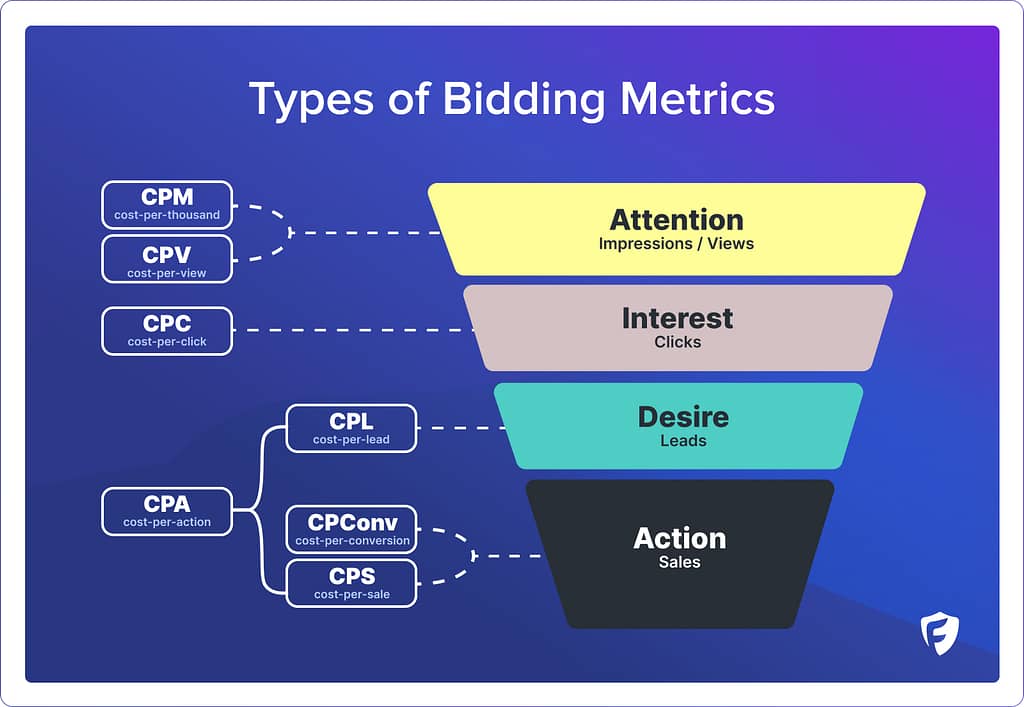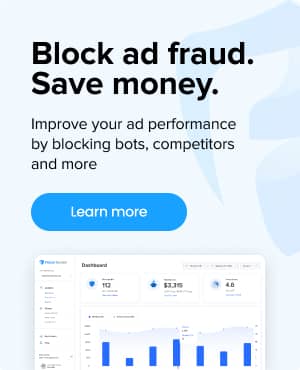What is cost-per-conversion?
Cost-per-conversion is a metric that helps advertisers understand the cost associated with each conversion that results from their advertising efforts. Conversions can range from making a purchase, signing up for a newsletter, downloading a whitepaper, or any other valuable customer action. In Google Ads, it’s a critical measure to assess the effectiveness and efficiency of ad campaigns.
How do you calculate cost-per-conversion?
Calculating cost-per-conversion is straightforward:
✨ Cost-Per-Conversion = (Total Cost of Campaign / Number of Conversions)
For example, if you ran a campaign in Google Ads and spent $2,500, and you generated 100 conversions, your cost-per-conversion would be $25.
Why is cost-per-conversion important?
While cost-per-conversion is a simple metric to calculate, it is important and very helpful to diagnose overall campaign effectiveness and help you optimize and improve profitability. Here are a few ways you can use it:
Budget Allocation and ROI: Determine the return on investment (ROI) of your campaigns. By understanding the cost associated with each conversion, you can allocate your budget more effectively, prioritizing campaigns or channels that offer the best return.
Campaign Optimization: Cost-per-conversion data allows you to evaluate the performance of different campaigns, ad groups, keywords, and ads. By identifying areas with lower cost per conversion, you may be able to replicate their strategies to improve overall performance.
Market Positioning: Cost-per-conversion may provide insights into your market category and position relative to competitors. A higher cost per conversion might indicate more competition for certain keywords or audiences.
Pricing Strategies: Understanding the cost per conversion helps in setting more accurate pricing strategies for your products or services.
Long-term Planning: Analyzing cost-per-conversion trends over time aids in forecasting and long-term strategic planning.
What factors influence my Cost-Per-Conversion?
Quality Score and Ad Relevance: Google’s Quality Score assesses ad relevance and landing page quality, and ads closely aligned with the target keyword typically achieve lower cost per conversion due to better performance and user engagement. A higher score can reduce your cost per conversion by improving ad rankings at a lower cost.
Ad Position: Ads in top positions on search result pages generally garner more clicks, potentially lowering the cost per conversion due to increased visibility and higher click-through rates.
Target Audience: Depending on how open or restrictive your targeting is, different audiences can have varying costs. If you target a very specific audience or demographic, your cost per conversion may be much higher at lower volume than a broader target audience. Learn more about the audience segments available in Google Ads.
Keyword Competitiveness: Highly competitive keywords often result in higher cost per conversion due to increased demand and limited supply.
Industry: Certain industries have inherently higher cost-per-conversion due to the high value of conversions and intense market competition. See our article on the most expensive Google Ads keywords to learn more about these highly competitive industries.
Market Trends and Seasonality: Seasonal trends and shifting market dynamics can affect cost-per-conversion as consumer behavior changes.
Device Targeting: Cost-per-conversion can also vary based on the targeted device, as user engagement and conversion rates can differ drastically between mobile and desktop users.
5 Key tips to improve your cost-per-conversion
- Improve your Landing Page experience. Make sure it’s mobile friendly, has a clear headline that closely matches your keyword and provides a strong call-to-action for the user.
- Targeting Refinement: Ensure you’re targeting only the types of people that would want your product, including location targeting. The tighter the targeting, typically results in better performance.
- Improve Ad Quality: Focus on creating compelling and relevant ads. Adding multiple types of creative can also improve your Optimization Score in Google Ads.
- Bid Management: Adjust bids based on performance data. Experiment with other types of bidding such as Target CPA.
- Use Negative Keywords: Negative keywords are a critical part of any strategy to improve your cost-per-conversion. For example, adding negative keywords such as “free” and “cheap” can easily boost your conversion performance.
Frequently asked questions
What are some common mistakes in managing cost-per-conversion?
Common mistakes include neglecting negative keywords, poor ad and landing page alignment, and not utilizing advanced targeting options. These oversights can lead to inflated cost-per-conversion and reduced campaign effectiveness.
Is a lower cost-per-conversion always better?
Not always. While a lower cost-per-conversion is desirable, it must be balanced with the quality of conversions. A campaign that achieves a lower cost-per-conversion, but fails to convert high-value customers may not be successful.
Will improving my ad copy improve my cost-per-conversion?
Absolutely. All aspects of copy and visuals play a crucial role in attracting clicks and driving conversions. Innovative and engaging ad creatives can enhance user engagement and potentially lower your cost-per-conversions.






